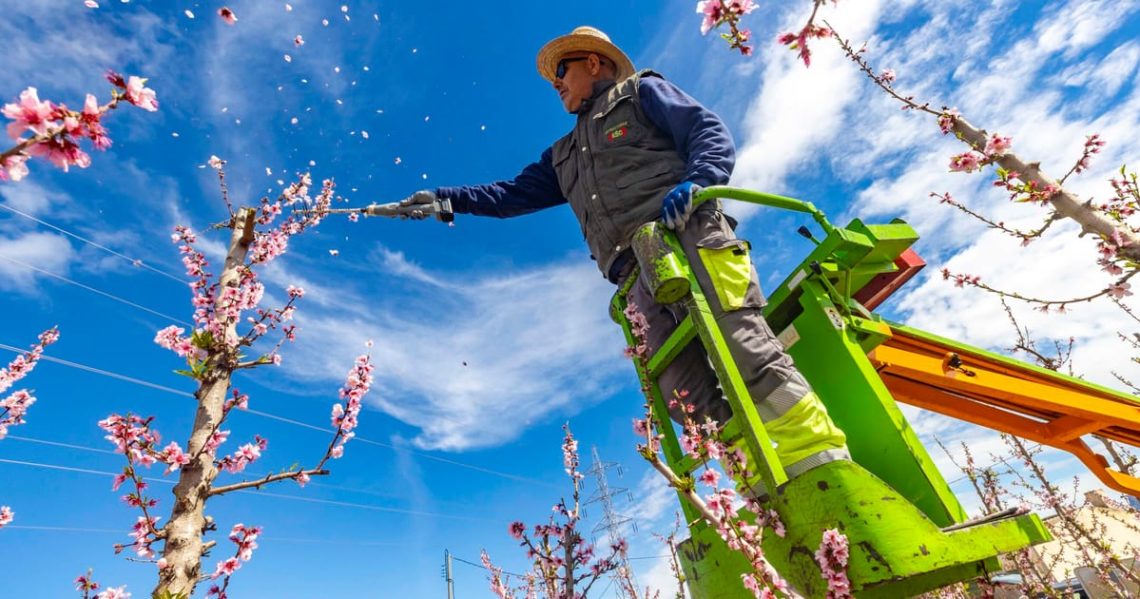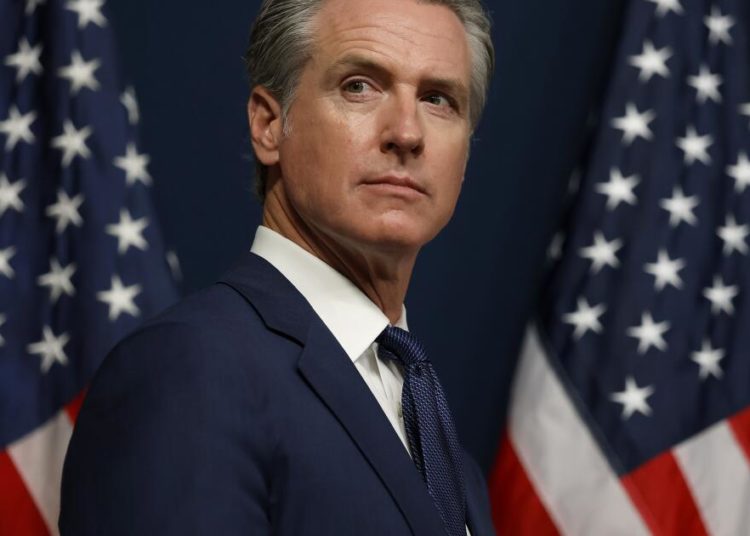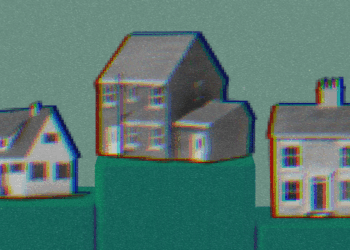BRUSSELS — The European Commission’s plan to slash bureaucracy for farmers risks hurting the planet.
The EU executive wants to give out more cash to aid farmers hit by natural disasters while weakening the very green rules that are meant to safeguard the environment.
That’s the main takeaway of a planned package of reforms to simplify EU farm policies, which account for over a third of the bloc’s total spending. It follows up on a major rollback of the Green Deal last year, as rural protests overshadowed campaigning for the European election last June.
According to a draft seen by POLITICO, the agriculture simplification package would further scale back environmental controls on the disbursement of funds under the Common Agricultural Policy. It would also exempt smallholders from some checks and raise the cap on subsidy payments to small farms.
“A better balance between requirements and incentives is needed for guiding the sustainability transition of farming and fostering innovation,” the EU executive writes in the preamble to an amending regulation that would scale back conditions applying to country-level CAP plans that have been up and running for a few years.
Agriculture Commissioner Christophe Hansen insisted ahead of the presentation of the reform on May 14 that the Commission would support the sector’s sustainability transition.
“We cannot have a discussion on the future of agriculture without addressing resilience. Therefore it is important that we improve risk and crisis management to adapt to climate change,” he said in a speech on Thursday, adding that farmers should get more help “to restore their production potential” after natural disasters.
The agriculture package — one of several “omnibus” measures to simplify EU regulation — arrives in the middle of a broader debate on future priorities. With the war in Ukraine and U.S. President Donald Trump’s turn away from Europe, Ursula von der Leyen wants to put more emphasis on industrial competitiveness and international security.
But with the Commission due to land a long-term budget plan in July for the period 2028-2034 to fund those priorities, its farm department, agriculture ministers and European lawmakers are all saying agriculture spending should rise, rather than be cut, to ensure that farming in Europe has an economic future.
Hansen, a former beef farmer from Luxembourg, has vowed to defend these priorities and protect farmers from budget cuts. They are also a priority of his political family — the European People’s Party — that has positioned itself as the farmers’ champion.
Looser standards
The draft document proposes more flexibility in how farmers implement some green standards — known as good agricultural and environmental condition of land requirements, or GAECs — where compliance is tied to farm subsidy payouts.
For example, it wants to make it easier for farmers to use permanent grasslands under GAEC 1, which are normally set aside to boost biodiversity and carbon sequestration. The draft would increase the maximum amount that can be lost from 5 to 10 percent compared to 2018, notably to take into account the needs of farms, such as increasing production.
The document also foresees changing the definition of what is considered a “water course” in the standard related to the protection of water (GAEC 4). This could lead to fewer rivers meeting the definition to be protected and therefore fewer buffer strips being put in place to prevent agricultural pollution and runoffs.
When it comes to protecting wetlands and peatlands under GAEC 2, the Commission acknowledges that the obligation can “be costly for farmers” and “significantly limit their capacity to change or adjust the use of their land.” Therefore, it proposes to allow member countries to better compensate farmers for this work without increasing protection requirements.
An EU official suggested the simplification package could have hurt the Green Deal more, noting pressure from EU member countries to cut green requirements even further.
The official, granted anonymity to speak candidly, disputed that the legislation compromised the credibility of the Green Deal, arguing that it makes the system for implementing the CAP’s green standards more feasible, realistic and focused on incentives.
Disaster relief
In the short run, the Commission wants to make it easier for EU governments to hand out cash to support farmers hit by climate impacts, such as flooding and drought.
The proposal foresees the creation of two new funds and would authorize direct payments to “enable the most affected farmers to be compensated rapidly.” National authorities should also set a “higher rate of compensation” for farmers who are covered by insurance or other risk management tools, according to the document.
The system of conditionality, which restricts how national authorities can disburse CAP funding contributing to the protection of nature, the environment and climate, “should not apply to complementary payments to farmers following natural disasters, adverse climatic events or catastrophic events under direct payments,” the document adds.
The simplification follows an 18-month policy process that von der Leyen initiated by holding a Strategic Dialogue on the Future of EU Agriculture that came up with an extensive catalog of policy recommendations. These were then poured into Hansen’s own Vision for Agriculture and Food in February.
The simplification measures respond to some recommendations from the strategic dialogue, notably on the need to promote organic farming. But they appear to clash with others, such as more action to “facilitate the adaptation of agriculture to changing climatic and environmental conditions, … practices to advance towards water-resilient and less resource intensive farming.”
The post EU farm plan earmarks more cash for disaster relief even as it loosens green rules appeared first on Politico.




